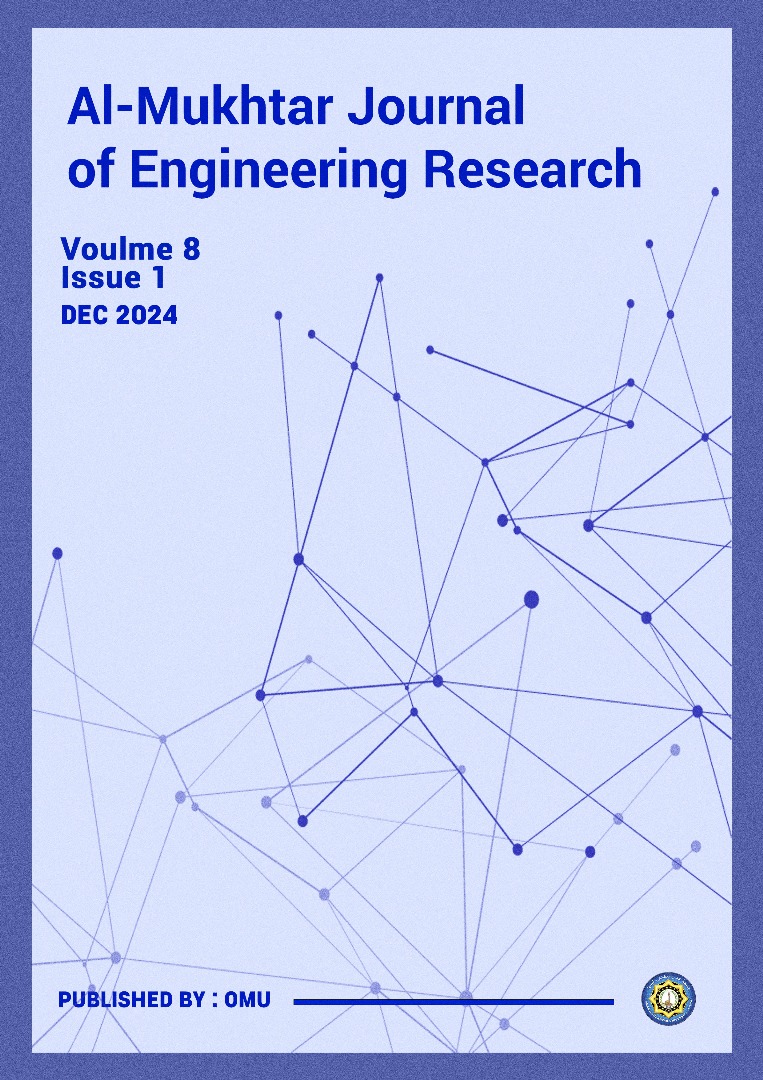Symbolic Regression for the Wall Effect on a Settling Sphere in a Circular Cylinder
DOI:
https://doi.org/10.54172/fm5ryg72Keywords:
Wall effect, Machine learning, Symbolic regression, Sphere settling in a circular cylinderAbstract
The main contribution of the current paper is to provide symbolic regression-based correlations for the wall correction factor of a sphere settling in a static fluid confined in an infinitely long circular cylinder. The first correlation will be valid for the entire spectrum of the flow regimes that range from the creeping flow regime up to the turbulent flow regime. While the second correlation is compact and only valid in the creeping flow regime, it accurately reassembles Haberman and Sayre's complicated analytical formula (David Taylor Model Basin Report No. 1143, Washington, D. C, US Navy Dept, 1958). A review of the available data and correlations is made to justify the selection of the data used in generating the correlation. This is followed by feeding a representative data to a symbolic regression software, selecting a dependency of the parameter of interest, running the software and selecting a correlation that has a relatively small length with good accuracy among the resulting suggested formulas. We used a small volume of training data from experiments to feed the symbolic regression machine-learning algorithm. The developed formula compared reasonably well with the available data and can extrapolate beyond its training data range. For the correlation limited for the creeping flow regime, the training data was obtained by solving a set of equations that constitute the Haberman and Sayre analytical formula. The obtained expression compared well when compared to the exact solution.
Downloads
Published
Issue
Section
License
Copyright (c) 2024 Husam A. Elghannay, Yousef M. F. El Hasadi (Author)

This work is licensed under a Creative Commons Attribution-NonCommercial 4.0 International License.
Copyright of the articles Published by Al-Mukhtar Journal of Engineering Research (Mjer) is retained by the author(s), who grant Mjer a license to publish the article. Authors also grant any third party the right to use the article freely as long as its integrity is maintained and its original authors and cite Mjer as the original publisher. Also, they accept the article remains published by the Mjer website (except in the occasion of a retraction of the article).




